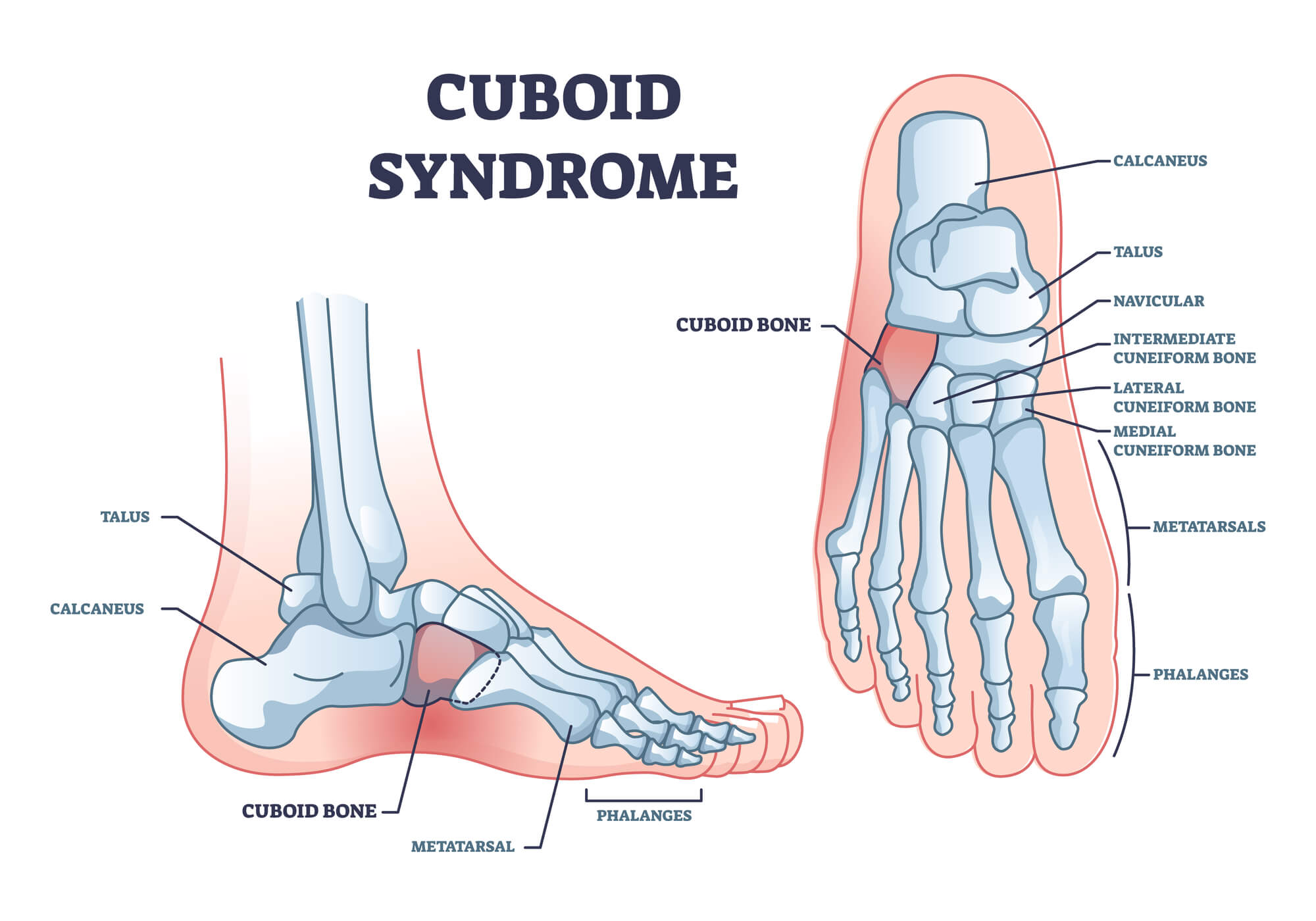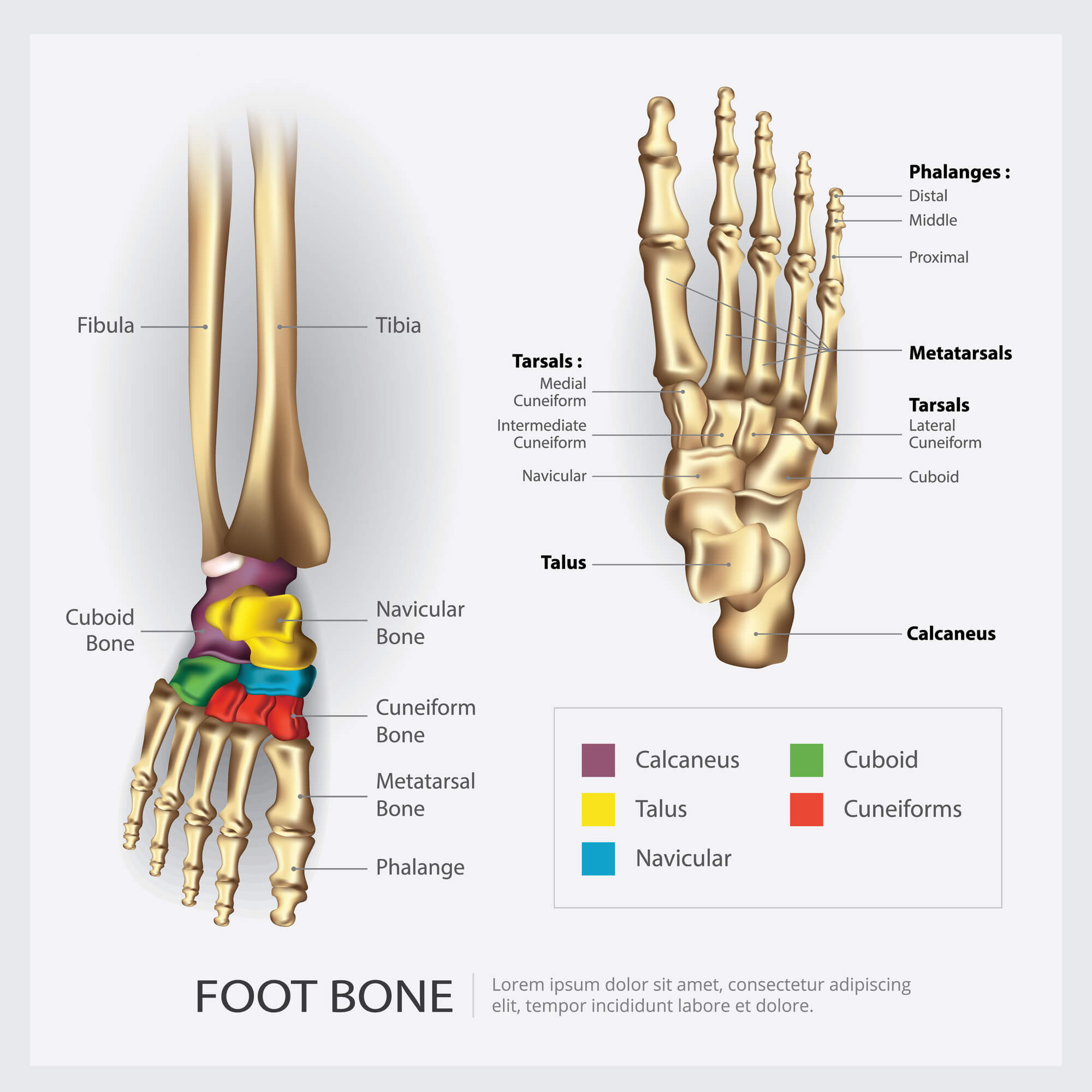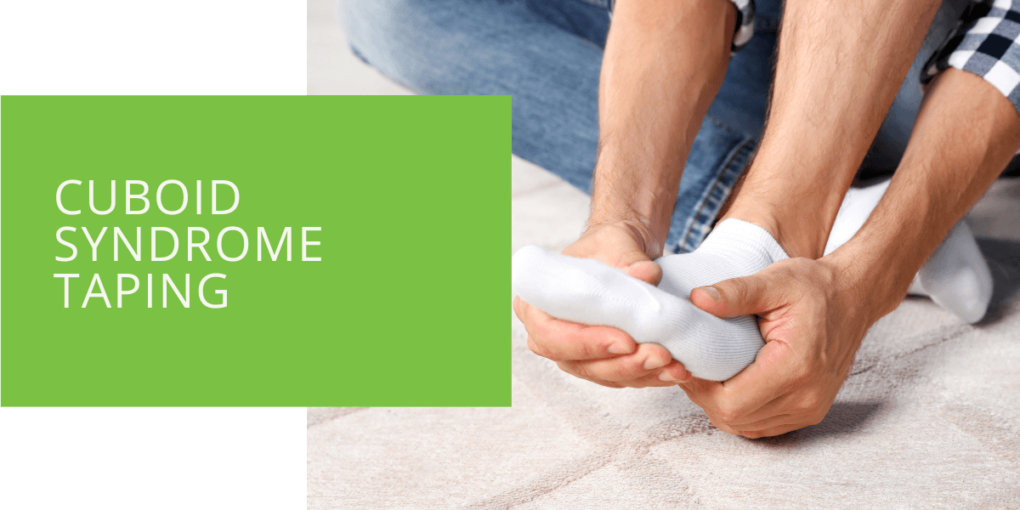Cuboid Syndrome Taping
Dealing with cuboid syndrome and the associated foot pain can be challenging. This comprehensive guide will explore the benefits of taping techniques in managing cuboid syndrome. Taping can alleviate pain, promote proper alignment, and support the recovery process by providing stability to the cuboid bone and surrounding structures. Whether you've been diagnosed with cuboid syndrome or suspect its presence, this article will equip you with valuable insights and techniques to stabilize your foot and find relief.
Understanding Cuboid Syndrome
Cuboid syndrome is a condition that occurs when the cuboid bone in the foot becomes subluxated or partially dislocated. It commonly leads to lateral foot pain, which manifests on the outside of the foot. Repetitive activities, such as jumping, running, or excessive traction on the foot, can cause the bone to subluxate, resulting in discomfort and instability.
Diagnosis of Cuboid Syndrome
Diagnosing cuboid syndrome can be challenging, as it is often misdiagnosed due to overlapping symptoms with other foot conditions. However, an experienced podiatrist can conduct a thorough examination, considering medical history, symptoms, and specific tests. While X-rays may not always show subluxation, clinical evaluation and a high index of suspicion are crucial for accurate diagnosis.
The Role of Taping in Cuboid Syndrome Management
Taping is a valuable technique for managing cuboid syndrome as it provides external support to stabilize the cuboid bone and surrounding structures. The primary goals of taping include reducing pain, promoting proper alignment, and preventing further subluxation. Tapping firmly on the cuboid and related areas of the foot can alleviate discomfort and assist in the healing process.
Choosing the Right Tape
Selecting the appropriate tape is essential to ensure effective taping for cuboid syndrome. Medical or sports tape with good adhesive strength, flexibility, and hypoallergenic properties is ideal. Consult your podiatrist to determine the best tape option for your specific needs.

Taping Techniques for Cuboid Syndrome
Pre-Taping Preparation
Before applying the tape, it is crucial to prepare the foot properly. Start by cleaning and drying the skin to ensure proper adhesion. Positioning the foot correctly is also important, as it sets the foundation for successful taping.
Basic Cuboid Taping
The basic cuboid taping technique involves applying tape to stabilize the cuboid bone and surrounding ligaments. Begin by anchoring the tape around the midfoot area, then wrap it around the foot, ensuring firm support and alignment. Proper tension is vital to provide the desired stability without restricting movement.
Advanced Taping Techniques
Advanced taping techniques can be employed in more severe cases or when additional support is needed. These techniques may involve variations in tape application, such as creating a figure-eight pattern or incorporating additional support structures.
Tips for Effective Cuboid Syndrome Taping
Maintaining Skin Integrity
To protect your skin during taping, consider using underwrap or skin protectants. These help minimize the risk of irritation or damage, particularly if you have sensitive or fragile skin. Proper skin cleaning and care before and after taping sessions are also crucial.
Proper Application and Adjustment
Applying the tape with the correct tension is essential for effective taping. It should provide support without causing discomfort or impeding circulation. Regular checks and adjustments may be necessary to ensure ongoing support and comfort.
Duration and Frequency of Taping
The duration and frequency of taping sessions may vary depending on the severity of your cuboid syndrome and your podiatrist's recommendations. Following their guidance regarding the appropriate duration and frequency for your specific case is important. Typically, taping is applied during activities that place stress on the foot, such as exercise or sports. However, your podiatrist may recommend wearing the tape for extended periods, including during periods of rest, to provide continuous support and aid in the healing process.

Additional Treatment Approaches
While taping is an effective technique for managing cuboid syndrome, it can be even more beneficial when combined with other treatment approaches. Consider the following additional strategies:
Orthotics
Custom orthotic devices, such as arch supports or shoe inserts, can help correct any underlying biomechanical issues contributing to cuboid subluxation. By providing proper alignment and support to the foot, orthotics can reduce excessive tension placed on the cuboid and surrounding structures.
Stretching and Strengthening Exercises
Incorporating targeted stretching and strengthening exercises into your daily routine can help alleviate symptoms and prevent future occurrences of cuboid syndrome. Consult your podiatrist or physical therapist to develop an exercise program tailored to your needs. Exercises may focus on stretching the peroneus longus muscle and other muscles in the lower leg and strengthening the foot and ankle.
Ice Therapy
Applying ice to the affected area can help reduce pain and inflammation associated with cuboid syndrome. Use an ice pack or wrap ice in a thin towel and apply it to the lateral foot for 15-20 minutes, several times daily. Always protect your skin by placing a cloth or barrier between the ice pack and your skin.
Professional Care and Follow-up
Regular follow-up appointments with your podiatrist are essential to monitor your progress, assess the effectiveness of taping, and make any necessary adjustments to your treatment plan. They can guide taping techniques, assess the need for additional interventions, and ensure optimal management of your cuboid syndrome.
Conclusion
Cuboid syndrome taping is a valuable technique for stabilizing the foot, reducing pain, and promoting proper alignment in individuals with cuboid subluxation. By providing external support to the cuboid bone and surrounding structures, taping plays a crucial role in managing the condition and facilitating the healing process. Consult with a podiatrist to receive proper guidance on taping techniques, choose the right tape, and ensure an individualized approach that suits your specific needs. Combine taping with other treatment strategies, such as orthotics, exercises, and ice therapy, to comprehensively manage cuboid syndrome. With proper care and professional support, you can find relief from cuboid syndrome and regain stability and comfort in your feet and ankles.
Key Takeaways
- Taping techniques are beneficial for managing cuboid syndrome as they provide external support, alleviate pain, and promote proper alignment.
- Choosing the right tape and preparing the foot properly is crucial for effective taping.
- Taping sessions should be adjusted in duration and frequency based on the severity of cuboid syndrome, and combining taping with other treatment approaches such as orthotics, exercises, and ice therapy can enhance overall management.

